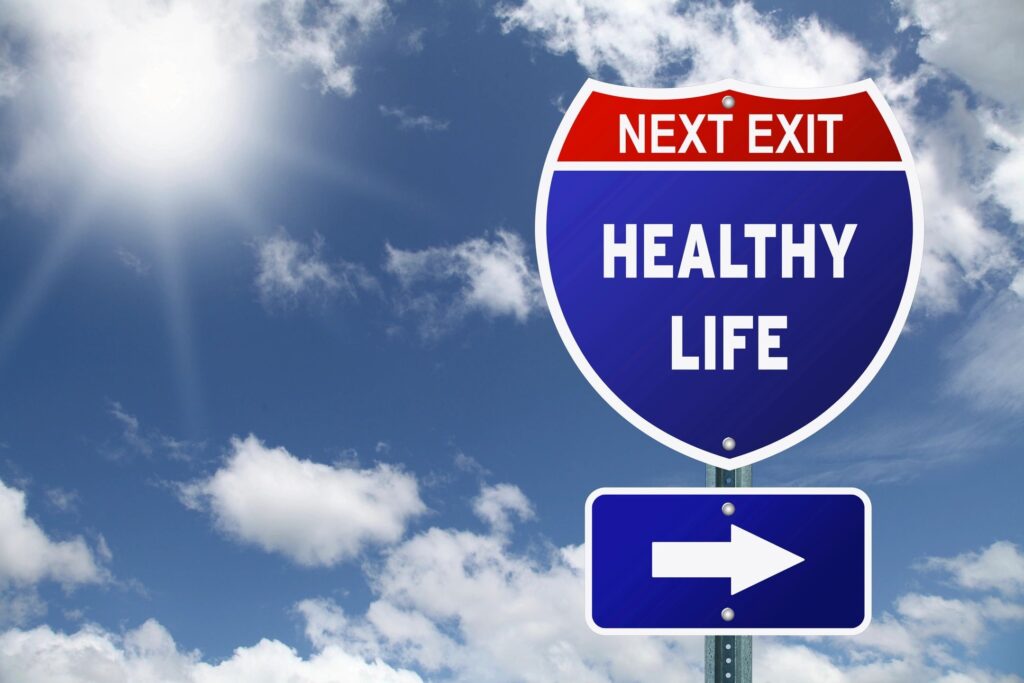
The Benefits of Physical Therapy After A Stroke
By the Center for Disease Control & Prevention (CDC)’s definition, a stroke occurs when blood supply is blocked from the brain by an obstruction or by a ruptured vessel. A piece of the brain is damaged, causing long-lasting, and sometimes permanent, damage. It is a very serious condition, and can be very scary. Following a stroke, one can feel like all hope is lost and that he/she will never be able to regain the life they once lived… But there is hope!
Stroke can cause a variety of symptoms like weakness, paralysis, speech difficulties, memory loss, cognitive problems and emotional changes. Physical therapy (PT) is an important part of recovery from a stroke that aims to help stroke survivors regain their functional mobility and independence. PT helps stroke survivors in many ways, icluding:
- stimulate damaged nerves and muscles,
- promote circulation to affected areas of the brain to promote healing,
- learn to move and use their affected body parts as much as possible,
- regain mobility and strength,
- as well as to prevent or reduce complications such as muscle stiffness, spasticity, pain and falls.
Types of Strokes
There are 2 types of major strokes: ischemic and hemorrhagic. There is also a transient ischemic attack (TIA), or “mini-stroke.”
Ischemic strokes make up majority of suffered strokes and are caused by an obstruction in the blood vessel such as a blood clot or plaque (fatty deposits in the vessels).
Hemorrhagic strokes are caused by a leaky or ruptured vessel pooling blood around a part of the brain; the pressure this creates on the brain is enough to damage and kill some brain cells.
Transient ischemic attacks (TIA) are referred to as “warning strokes,” because 10-15% of people will experience a major stroke within 3 months following a TIA. They are still medical emergencies and are caused by partial or short term blood obstruction to the brain; usually 5 minutes or less.
How Can Physical Therapy Help
Beginning as soon as possible following a stroke, a physical therapist will assess his/her strength, balance, coordination, range of motion, sensation, pain and functional abilities to create a personalized plan of care for him/her. Through training and education, manual therapies, exercises, visual and bio-feedback, and much more techniques, the physical therapist will help the stroke patient regain as much of his/her quality of life as possible, including:
- improved functional mobility and independance
- reducing disability and dependance on others
- increasing/restoring the patient’s self-confidence and motivation
- minimizing complications, such as pressure sores or infections
- and reducing the risk of recurrent strokes and other cardiovascular events
Research has shown that physical activity stimulates brain cell regrowth and connectivity, as well as regeneration of blood cells to bring more blood to the brain. These positive effects lead to faster recovery and better prognosis following a stroke. As effective as physical therapy is, it is important to remember that each individual stroke case is different from the next, and it is not a quick fix, one-size-fits-all type of approach. Each plan of care is individualized to the specific patient. It requires patience, dedication and an active collaboration and participation from the stroke survivor, their family and caregivers in order to be successful.
Physical therapy following a stroke is long-term process that requires a lot of work from everyone, not just the stroke survivor. Through the stimulation of brain cell regrowth and increased blood flow, it can improve muscle strength, endurance, and flexibility as well as balance, posture, gait and mobility. With time, it can help those impacted by stroke regain as much quality of life as possible. THERE IS HOPE AFTER A STROKE!
For more information, you can visit the CDC website and the ChoosePT website through the links below: https://www.cdc.gov/stroke/about.htm#:~:text=A%20stroke%2C%20sometimes%20called%20a,term%20disability%2C%20or%20even%20death.
https://www.choosept.com/guide/physical-therapy-guide-stroke







